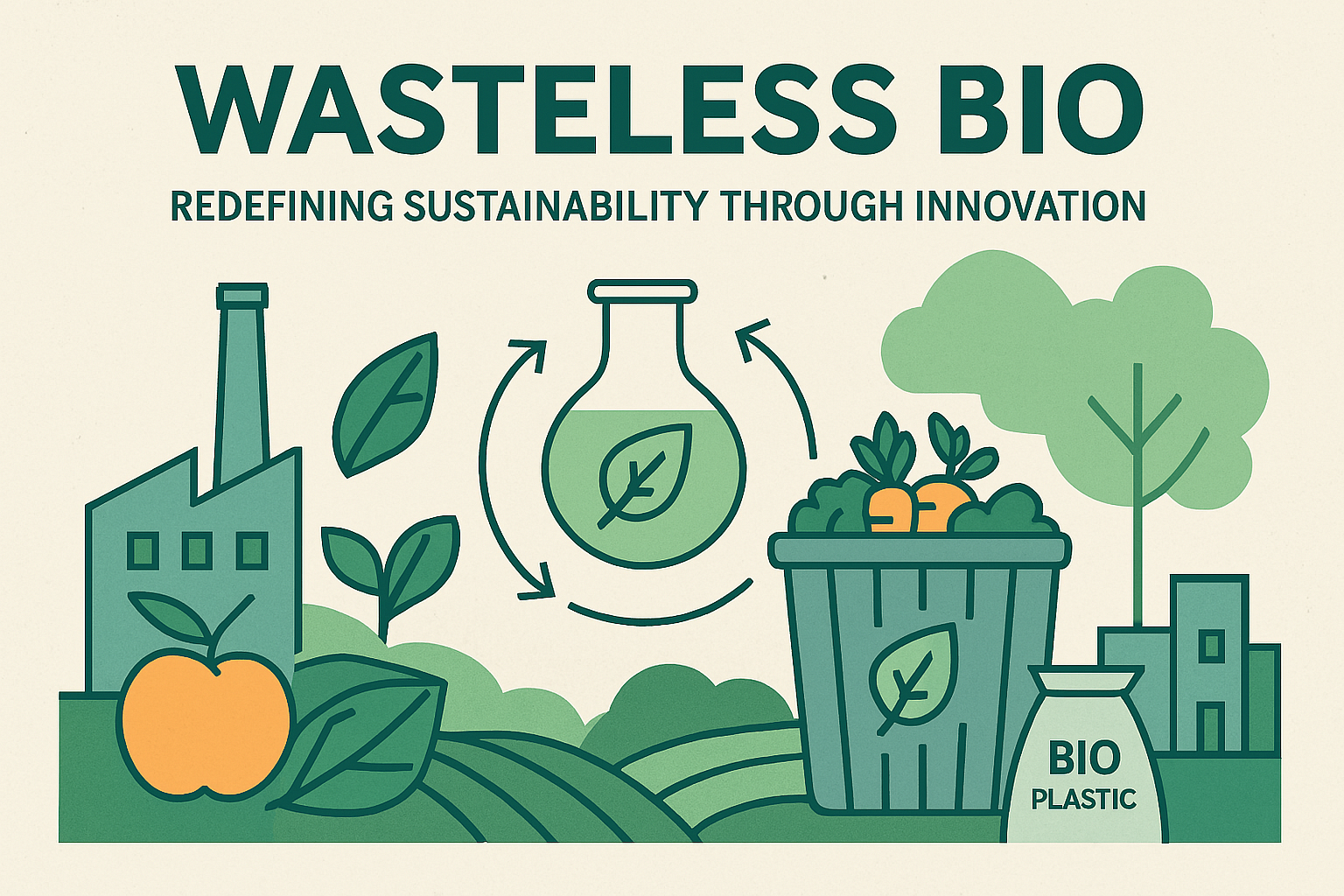When a scapegoat becomes successful, it refers to a situation where someone who was previously blamed or held responsible for problems or failures achieves a high level of success, often surprising those who had previously criticized or blamed them.
This concept is often used in a metaphorical sense rather than a literal one. For instance, if a person was unfairly blamed for a team’s failure at a project, and later went on to excel in a different project or endeavor, they are said to have become a successful scapegoat.
What are the dynamics of blame?
The dynamics of blame are intricate, intertwining emotions, perceptions, and accountability. It involves assigning responsibility, navigating feelings of guilt or innocence,
Explanation of Scapegoating in Different Contexts
Scapegoating occurs across various contexts—personal, professional, and societal. In personal relationships, individuals might be unfairly blamed for problems within families or friend groups.
Professionally, employees can become scapegoats for workplace issues to deflect attention from larger organizational problems.
Societally, marginalized groups may be scapegoated due to prejudice or the need to find an explanation for complex issues.
Factors Leading to Scapegoating
Group Dynamics and Need for a Target: In group settings, especially when conflicts arise or failures occur, there is a tendency to find a target for blame.
In addition, this could be driven by the need for a simple explanation, a way to maintain group cohesion, or even an outlet for frustration.
Scapegoating often shifts focus away from the underlying systemic or collective issues.
Miscommunication and Misinformation: Poor communication or incorrect information can lead to misunderstandings and misattributions.
Moreover, a person might be wrongly blamed simply due to a lack of clear information about the actual causes of a problem.
Fear of Consequences: People might engage in scapegoating out of fear of consequences. This could be the fear of punishment from authority figures or the fear of admitting one’s own mistakes. Blaming someone else can serve as a way to avoid personal accountability.
What Is The Journey Of a Scapegoat?

“The journey of a scapegoat is a precarious path through blame and responsibility. It begins as an individual unwittingly shouldering the burden of others’ mistakes.
Initial Blame and Negative Perceptions
When someone becomes a scapegoat, they often face immediate blame for a situation they might not have control over.
This blame can stem from the need to assign responsibility quickly and easily. As a result, the scapegoat is labeled as the source of the problem, leading to negative perceptions of their abilities and character.
Impact on Self-Esteem and Mental Well-Being
Being unfairly blamed takes a toll on an individual’s self-esteem and mental well-being.
Constant negativity and being ostracized can lead to feelings of worthlessness, anxiety, and even depression. The internalization of these negative perceptions can have lasting psychological effects.
Turning Point: Recognizing Unfair Treatment and Desire for Change
At some point, the scapegoat might start recognizing the unjust treatment they are receiving. This could be due to introspection or external support from friends, family, or mentors who see their potential.
This recognition can spark a desire to change an aspiration to overcome the negative labels and prove their worth.
How To Overcome Adversity?
Overcoming adversity requires a blend of resilience, resourcefulness, and mental fortitude. It involves acknowledging challenges, adopting a growth mindset.
Resilience and Determination in the Face of Adversity
Resilience is the ability to bounce back from setbacks, and determination is the unwavering commitment to achieve goals despite challenges. Scapegoats who become successful often possess these qualities.
In addition, they learn to cope with the emotional toll of being unfairly blamed and use setbacks as fuel for their ambitions.
Moreover, their ability to stay focused and keep moving forward, even when faced with adversity, contributes significantly to their ultimate success.
Pursuit of Personal Growth and Self-Improvement
Being labeled a scapegoat can prompt individuals to reflect on their own strengths and weaknesses.
Many successful scapegoats channel their energy into personal growth and self-improvement.
Additionally, they engage in continuous learning, skill development, and self-reflection to enhance their abilities.
Moreover, this process not only prepares them for future opportunities but also helps them regain a sense of control over their lives.
Examples of Successful Individuals Who Were Once Scapegoats
Numerous historical and contemporary examples highlight individuals who overcame being scapegoats to achieve remarkable success.
Moreover, these stories inspire and illustrate the power of perseverance. For instance, J.K. Rowling faced rejection from multiple publishers before becoming a celebrated author with the “Harry Potter” series.
Oprah Winfrey, who faced adversity in her early life, transformed into a media mogul and philanthropist. These examples serve as reminders that setbacks can be stepping stones to success.
How To Rise to Success?
Ascending to success entails a journey of strategic planning, consistent effort, continuous learning, and a tenacious spirit.
Seizing Opportunities and Leveraging Strengths
Scapegoats who become successful often seize opportunities that align with their strengths. They are adept at recognizing situations where they can showcase their abilities and make a positive impact.
By leveraging their unique strengths, they differentiate themselves from the negative perceptions that were once associated with them.
Achieving Success in New Endeavors
In many cases, scapegoats turned successful individuals’ ventures into new endeavors or domains. This fresh start allows them to redefine their identity outside the shadow of blame.
Moreover, their determination to excel in these new areas often leads to accomplishments that surprise both themselves and those who doubted them.
Surprising Those Who Doubted and Blamed
One of the most rewarding aspects of the journey from scapegoat to success is the opportunity to prove naysayers wrong.
By achieving success, these individuals challenge the negative narratives that were once imposed on them. Their achievements serve as a testament to the fallibility of hasty judgments and the potential for growth and transformation.
What is the impact on perception?

The impact on perception is a profound ripple that shapes how we interpret and understand the world around us.
Shift in Public Perception as Success Becomes Evident
As a scapegoat rises to success, there is often a noticeable shift in public perception. The same individuals or groups that once blamed or doubted them may now begin to view them in a new light.
Success serves as tangible evidence of one’s abilities and achievements, leading to a gradual change in how they are perceived by the public.
Changing Opinions of Peers, Colleagues, and Society
Peers, colleagues, and even society as a whole may reevaluate their opinions as they witness the success of a former scapegoat.
This shift is not only a testament to the individual’s growth and accomplishments but also a reflection of human psychology. People are inclined to value and admire success. As the narrative changes, support and recognition often follow.
Highlighting the Fallibility of Snap Judgments and Hasty Blame
The success of a scapegoat sheds light on the limitations of snap judgments and hasty blame. It underscores how these knee-jerk reactions can be misguided and unjust.
Moreover, the experience of witnessing someone overcome such circumstances encourages individuals to pause and reconsider their tendency to hastily assign blame without a full understanding of the situation.
FAQ’s
Does the scapegoat ever win?
The scapegoat can achieve personal victories by breaking free from the role assigned to them, but systemic change within the family dynamic is needed for a broader “win.”
What happens when the scapegoat heals?
When the scapegoat heals, they gain emotional strength and may distance themselves from negative family dynamics, fostering personal growth and healthier relationships.
How does the scapegoat survive?
The scapegoat survives by developing resilience, seeking support outside the family, and finding ways to protect their self-esteem despite being unfairly blamed.
What happens to the scapegoat when they grow up?
As the scapegoat grows up, they might carry emotional scars but can also use their experiences to drive personal development and pursue more fulfilling relationships.
Who is the biggest scapegoat?
There isn’t a single “biggest” scapegoat; individuals in various contexts can become scapegoats based on family, social, or cultural factors.
How can the scapegoat win?
The scapegoat can win by breaking free from the victim role, setting boundaries, and focusing on their own well-being, rather than seeking validation from the family’s perceptions.
What happens when the scapegoat fights back?
When the scapegoat fights back, family dynamics can shift. This might lead to resistance, conflict, or even an opportunity for the family to acknowledge and address underlying issues.
Why do family scapegoats become lifelong victims?
Family scapegoats can become lifelong victims due to ingrained patterns, power dynamics, and emotional manipulation within the family system, unless they actively seek change.
Why was I chosen as the scapegoat?
Scapegoating often arises from complex family dynamics, where certain traits or behaviors are unfairly targeted to maintain balance within the family or deflect attention from larger issues.
Conclusion :
The journey from being unfairly blamed to achieving success represents a remarkable testament to the human spirit’s resilience and capacity for transformation.
Moreover, this process encompasses the evolution of perceptions, the reevaluation of judgments, and the cultivation of valuable lessons.
As scapegoats rise above adversity, they demonstrate the power of determination, self-belief, and personal growth. Their success prompts a shift in public perception, highlighting the fallibility of snap judgments and encouraging empathy.
Ultimately, the journey from scapegoat to success underscores the indomitable nature of the human spirit, the potential for growth in the face of adversity, and the importance of recognizing and nurturing the talents and potential within each individual.
In addition, it is a reminder that success can arise from the most unexpected sources and that with determination, resilience, and belief in oneself, anyone can rewrite their narrative and achieve greatness.











